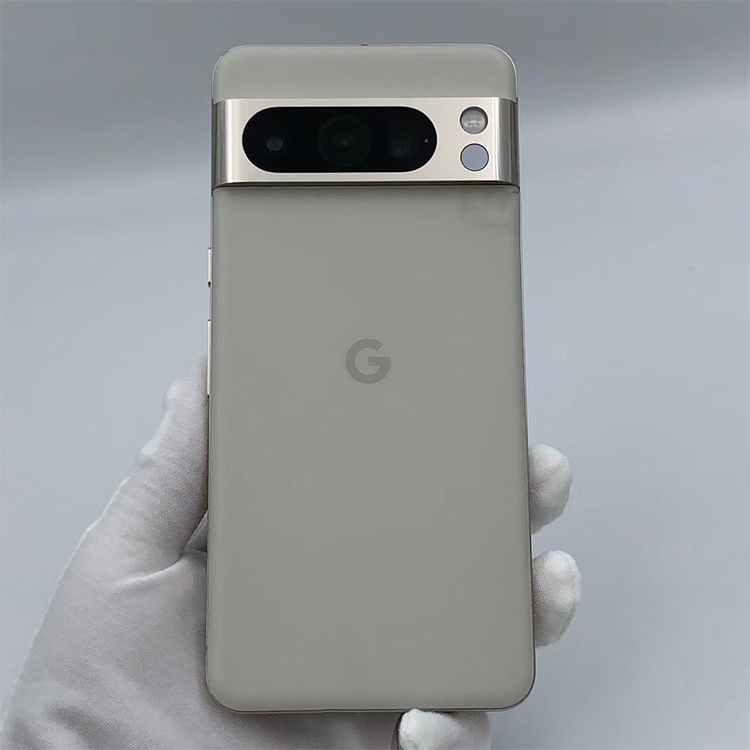IMEI Decoding: How to Avoid the "Blacklisted" Trap of Refurbished Phones
Stephen Lee
9/10/20242 min read


IMEI Decoding: How to Avoid the "Blacklisted" Trap of Refurbished Phones
In the booming second-hand smartphone market, buyers and wholesalers alike need to be extra cautious when dealing with refurbished devices. One of the most crucial checks before purchasing a used phone is verifying its IMEI (International Mobile Equipment Identity) number. This unique identifier can reveal a device's history, including whether it has been reported as lost, stolen, or blacklisted by carriers. Understanding IMEI checks can help you steer clear of potential pitfalls and ensure you're getting a legitimate device.
What is an IMEI and Why is it Important?
The IMEI is a 15-digit unique code assigned to every mobile device, acting as its fingerprint. This number plays a vital role in:
Tracking a device’s authenticity
Checking for blacklist status
Ensuring it is not carrier-locked
Confirming it hasn’t been tampered with
For those involved in the refurbished phone trade, knowing how to decode an IMEI can mean the difference between a successful transaction and a costly mistake.
Common IMEI-Related Risks in Refurbished Phones
1. Blacklisted Devices
A phone may be blacklisted if it has been reported as lost or stolen, making it unusable on most carrier networks. Many unsuspecting buyers fall victim to purchasing blacklisted devices that can’t be activated.
2. Fake or Altered IMEI Numbers
Some unethical sellers modify IMEI numbers to bypass restrictions. However, tampering with an IMEI is illegal in many countries, and such devices often have underlying issues that could lead to further complications.
3. Carrier-Locked Phones
Phones locked to a specific carrier may not work with other networks. While unlocking is possible, it adds extra costs and may not always be legal or reliable.
4. Cloned IMEI Numbers
Some fraudulent sellers duplicate IMEI numbers from legitimate devices, creating multiple phones with the same identity. This can result in connectivity issues or legal problems if the original device is flagged.
How to Check an IMEI Before Buying
To avoid falling into an IMEI-related trap, follow these steps:
Find the IMEI:
Dial *#06# on the phone.
Check the settings (under “About Phone” section).
Look at the device’s packaging or SIM tray.
Verify Authenticity:
Cross-check the IMEI from the device and packaging to ensure they match.
Compare the IMEI with the one listed in the phone’s settings.
Check for Blacklist Status:
Use free online IMEI checkers such as IMEI.info, Swappa, or your carrier’s website to confirm if the phone is reported as lost or stolen.
Confirm Carrier Lock Status:
Ensure the phone is either unlocked or compatible with your intended carrier.
Avoid Suspicious Deals:
Prices that seem “too good to be true” often indicate a hidden issue.
Only purchase from reputable wholesalers, certified refurbishers, or verified second-hand marketplaces.
Best Practices for Wholesalers and Buyers
For wholesalers and bulk buyers, implementing strict IMEI verification protocols can prevent losses and build trust with customers. Consider investing in IMEI verification tools to scan large inventories quickly. Meanwhile, individual buyers should prioritize devices with verified histories and warranties.
Conclusion: Stay Safe in the Second-Hand Market
Understanding IMEI verification is crucial when dealing with refurbished smartphones. Whether you’re a wholesaler or an individual buyer, checking IMEI numbers ensures you avoid blacklisted, fake, or locked devices. With proper due diligence, you can navigate the second-hand market confidently and make secure purchases every time.
Glistock
Premium refurbished mobile devices with warranty options.
Service
Support
stephen@glistock.com
TEL/Whatsapp +86-13728082771
© 2025. All rights reserved.
Stephen Lee
